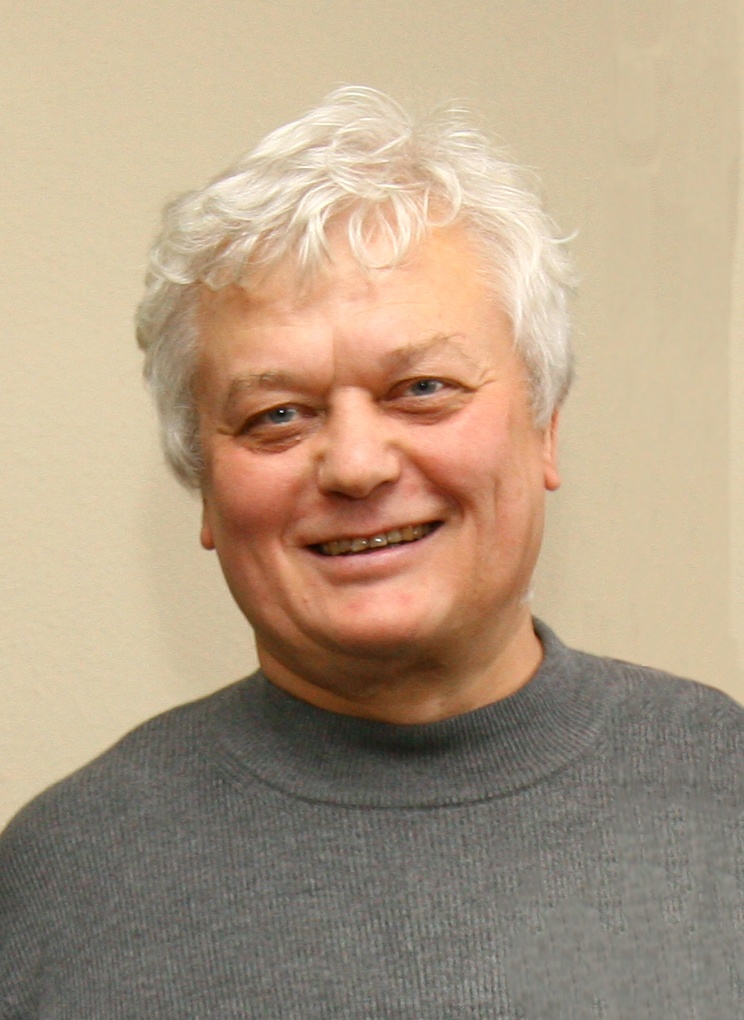Students in Texas A&M University professor Igor Lyuksyutov’s Cooking With Science class invite the Brazos Valley community to be their guests this week via a special seat at a table featuring a veritable smorgasbord of culinary and educational delights.
On Wednesday (Oct. 18) at 7:30 p.m. in the second-floor primary lecture hall of the George P. Mitchell ’40 Physics Building, two dozen undergraduate scientist-chefs-in-the-making will present Cooking Physics for Everyone, a multi-segment show that will demonstrate some of the cooking techniques they’ve learned thus far in the class and also explain the underlying science behind their non-traditional-kitchen creations.
Tickets are not required for event, which is free and open to the public. The four-course presentation menu will feature sous vide eggs — popularized by Starbucks this year — chocolate spaghetti and gel fruit caviar. The hour-long soiree will then conclude with an instructor’s special in which Lyuksyutov himself will provide a lesson on spherification, the culinary process of shaping a liquid into spheres.
“The students are great, and they are excited to share what they’re learning about physics, food and fun, from this class and from each other,” Lyuksyutov said.
Twenty-three students –19 psychology majors and four biology majors — currently are enrolled in the course, otherwise known as Molecular Gastronomy and offered for the first time this fall as a lower-level undergraduate elective by the Department of Physics and Astronomy. Lyuksyutov says it was created as part of an effort by the department to find different ways to provide enriching experience in physics to students in non-science majors.
Inspired by a Harvard University course taught by physicist David Weitz — who presented a related segment to open the 2017 Texas A&M Physics and Engineering Festival — the class combines physics and culinary techniques that incorporate molecular gastronomy with basic physics principles. It is laboratory-centric, employing modernist cooking methods as a teaching tool to provide laboratory physics experiments to non-physics students.
“The class is small by design,” Lyuksyutov said. “The limited size allows the students to be more creative with their cooking.”
Lyuksyutov notes that molecular gastronomy is an extremely young and developing field began by Fernan Adria, the founder of modernist cooking who was named the world’s best chef for three consecutive years. He contends via the course website that the best molecular restaurants are on top of the world restaurant ratings, commanding up to $400 per seat, prepaid, and sporting a waiting list up to several months’ long.
“The Minibar by Star Chef Jose Andres rejects even the White House’s calls for a seat, since when there are no spots, there are no spots,” Lyuksyutov said. “There is no molecular gastronomy restaurant in Texas, but there is this course!”
In addition to teaching the current course, Lyuksyutov is working on a related permanent course that will be proposed as a core curriculum option.
For more information on Wednesday’s event, visit the Cooking with Physics website or contact Texas A&M Physics and Astronomy at (979) 845-7717.
To learn more about the Cooking With Science course, visit the course website.
###
Contact: Shana K. Hutchins, (979) 862-1237 or shutchins@science.tamu.edu or Dr. Igor Lyuksyutov, (979) 845-7773 or lyuksyutov@tamu.edu





